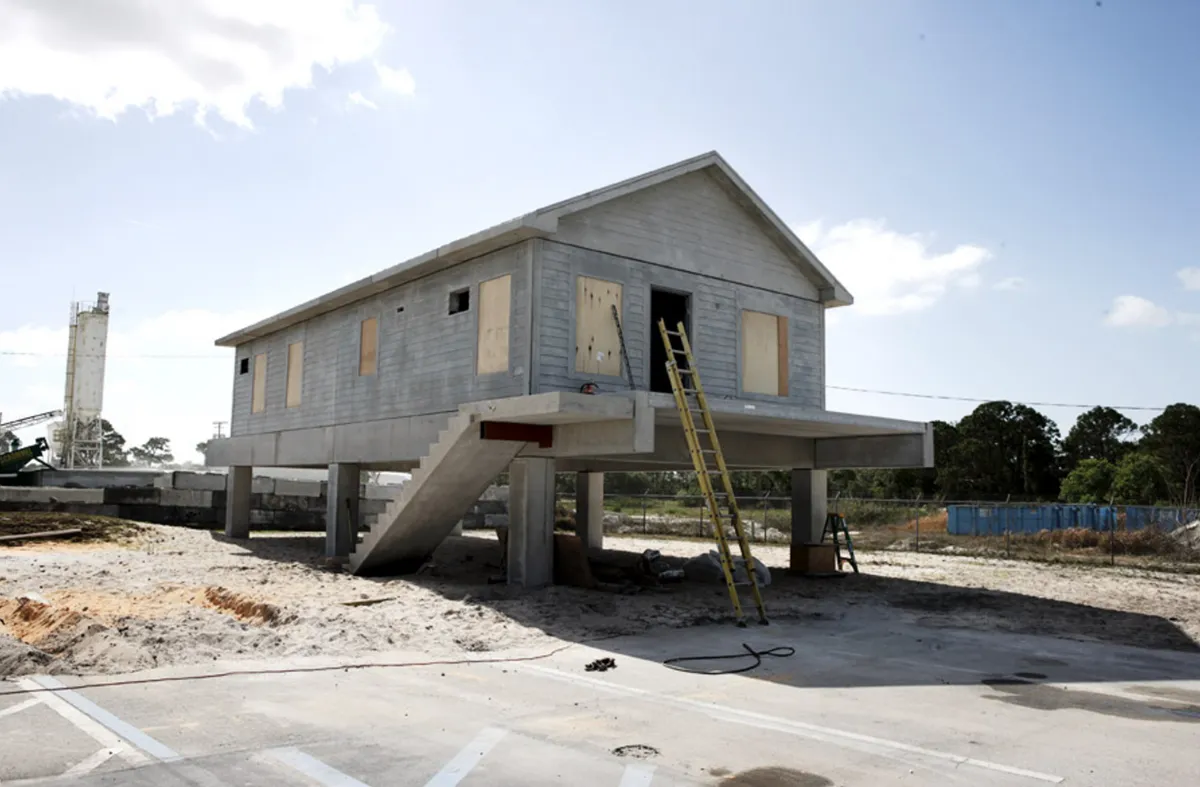Iranian Specialists Reduce Construction Costs by Building Prefabricated Concrete Houses

“After three years of research and development, we focused our activity on prefabricated concrete structures and then put designing prefabricated concrete houses for less privileged and rural areas on our agenda,” said Sajjad Dasti Moqaddas, the chairman of the board of directors of the knowledge-based company.
“Finally, we managed a structure that is economical, has a much lower price than the traditional structures, is built quickly, enjoys high resistance, and the standards used in its construction are much higher than the traditional structures,” he added.
Noting that construction of these structures takes between three to ten days, Dasti Moqaddas said, “This high speed is highly important in reducing costs.” Asked about the company’s perspectives for the exports of the prefabricated concrete houses, he said, “At present, we have requests from countries like Iraq and Oman.”
In a relevant development in July, a group of engineers from a technological company in Iran had also designed and manufactured earthquake-resistant prefabricated houses which are movable and the safest place during tremors.
“One of the main needs of Iran is the light structures since these frames, in addition to resistance to earthquake reduce the weight of the structure by 50%,” said Ali Akbar Khademi, the director of business, design and development of the technological company.
He mentioned economic efficiency as another advantage of the plan, saying, “The price of these structures is 20% lower than traditional structures, while unlike prefabricated structures including canopies and the like, whether in concrete or metal form, these structures are able to save energy.”
“In the past, we used kenaf in production of these structures which caused the structure to crack; therefore, we used a type of wall based on nanotechnology to solve this problem in production of these structures,” Khademi said.
4155/v





















